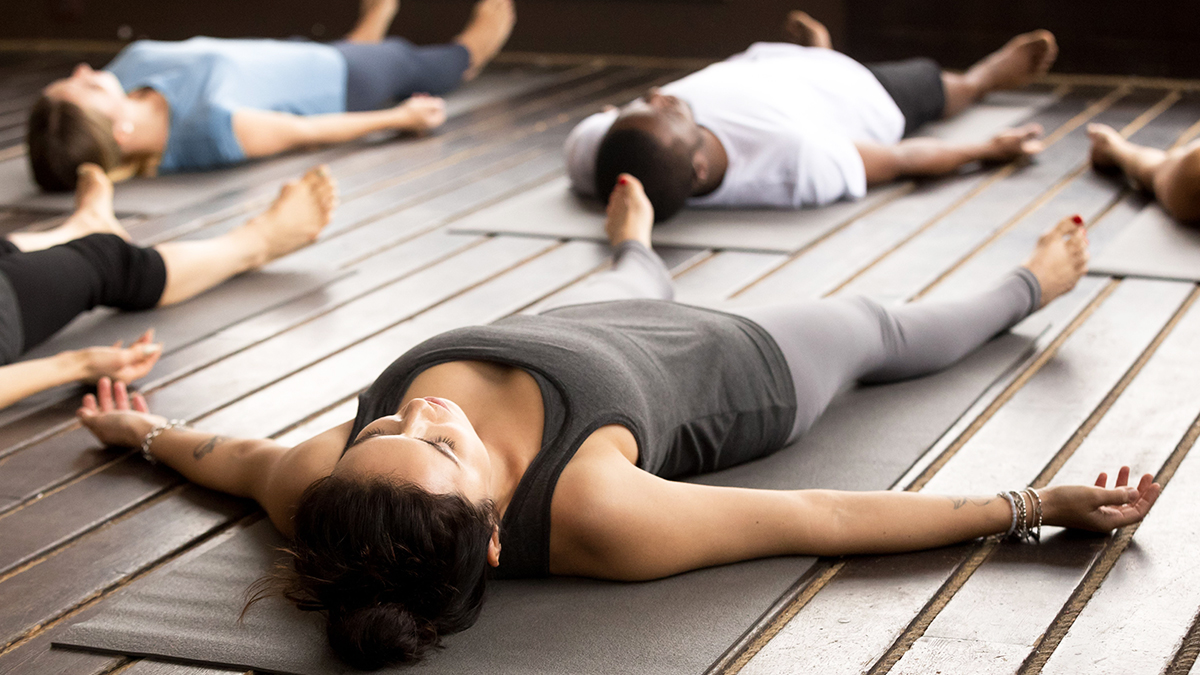Tips that will help you reduce Stress levels and Anxiety
Engaging in activities and a diet that support self-care a relaxation response may help reduce stress and anxiety. These can include exercise, mindfulness practices, Herbal based infusions or decoctions.
Jessica Taggart
Breathe
Practice Deep Breathing
Mental stress activates your sympathetic nervous system, sending your body into fight-or-flight mode.
During this reaction, stress hormones trigger physical symptoms such as a faster heartbeat, quicker breathing, and constricted blood vessels.
Deep breathing exercises may help activate your parasympathetic nervous system, which controls the relaxation response.
Deep breathing exercises include:
Diaphragmatic breathing
Alternate nostril breathing
Box breathing
Paced respiration
Deep breathing aims to focus your awareness on your breath, making it slower and deeper. When you breathe in deeply through your nose, your lungs fully expand, and your belly rises. This helps slow your heart rate, allowing you to feel at peace.

Restorative Yoga
Savasana Pose
Savasana (pronounced shuh-VAH-suh-nuh) is a supine resting pose, in which you lie on your back, fully relaxed with your arms and legs extended, palms face up by your side, and eyes closed. Those with lower back troubles can practice savasana with a blanket or bolster under their knees, to allow the low back to lie flat. A more extreme modification includes resting with knees bent and feet rooted on the ground, toes facing inward allows the knees to naturally rest against each other.
“Savasana is the great balancer in terms of our nervous system: while much of asana practice is designed to up-regulate the body, stimulate, and even provide healthy stress, Savasana is the down-regulator. It shifts the away from the sympathetic nervous system to the parasympathetic side, and we experience a calming, sweet release. Over time, Savasana teaches us how—and that we can—move from anxiety and hyper-stimulation to this state of down-regulation where digestion, the immune system, and other essential systems are restored and enhanced.
Yoga teacher, Sharon Gannon, emphasizes the importance of a complete 10-minute Savasana. Somewhere around minute 6, there is a profound shift in the body and in one’s mental chatter. Even with all the slow breathing and postures held during a general yoga class, there is still a lot of things to think about, feelings that pass through, and physical orientation that requires mental effort to be engaged in. The real quieting of the mind begins in Savasana.
“At minute six, the weight of the body drops. But not only that, the weight of the mind also drops. Ideally, the Vinyasa portion of class has calmed the nervous system down to the extent that it’s ready to step aside for a moment, to allow for another area of our being to surface. And that, I propose, is around minute 6 in a 10-minute Savasana. This is where you get to swim around in a calm body, quiet mind, and easy heart. If you want to know what that’s like, it’s pertinent to stay the full 10 minutes. But these words won’t matter unless you try it. You can only get into the palace by crossing the mote.”

Herbs that will help you reduce Anxiety
Glycerite Recipe for Anxiety
Ingredients
● Two parts Lemon Balm
● Two parts Oat Straw
● Two parts Motherwort
● Vegetable Glycerin
● Water - distilled water or spring water may be used Materials Needed
Large Glass Mason Jar with a tight-fitting lid
Cheesecloth and/or strainer
Wax Paper
Label
Amber glass dropper bottles for storage
Method
● Start by grinding your herbs into small pieces.
● Fill your glass jar with the dried herbs, leaving about one-third of the jar empty.
● Wet your herbs with distilled water
● Before adding your vegetable glycerin to your jar, dilute the glycerin with water using the ratio 2
parts glycerin - one part water. If your glycerin is particularly thick you may add more water.
● Add your diluted glycerin blend to your jar of herbs. Allowing your solvent to fully immerse with your
herbs.
● Cover and shake your jar well to thoroughly mix your herbs and solvent. You may need to top off
your herbs with more glycerin as they settle.
● Label the jar immediately with the date, solvent name + herb formulation, and other important
information.
● Store your jar in a cool, dark place for at least 6 weeks, shaking it daily to ensure thorough
extraction.
● After the extraction period, strain your glycerite through cheesecloth and/or a fine mesh strainer
and bottle it in a dark glass bottle with a dropper. Be sure to label your dropper bottle with the name of your glycerite!

The use or reliance of any information contained on the Website and the Course is solely at your own risk.
Sources:
www.yogajournal.com
Now You Know (the “Website”)
https://insighttimer.com
www.healthline.com/

